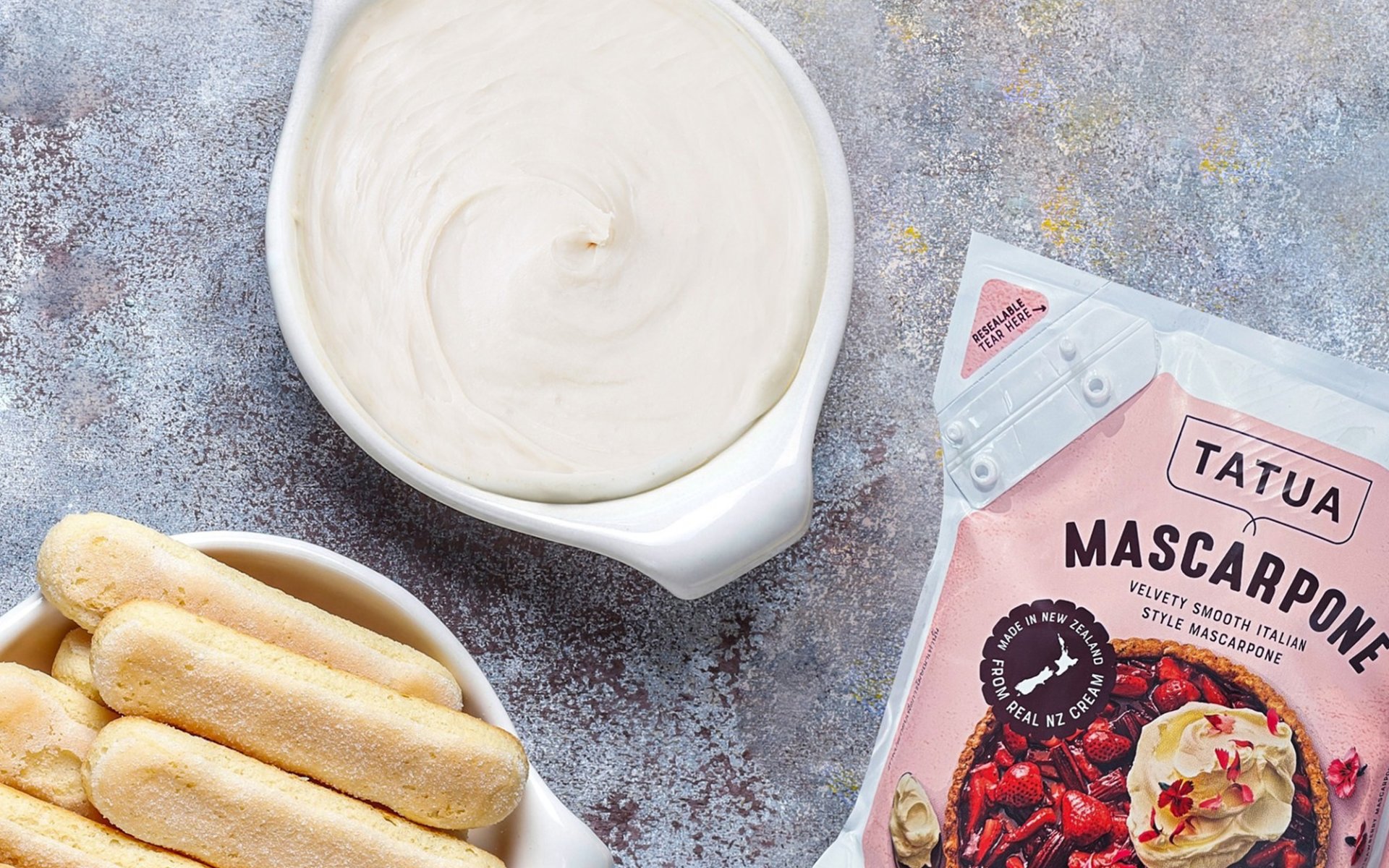Mascarpone

If you're a fan of desserts, you might already be familiar with Mascarpone, a rich cream cheese with a smooth, cloud-like texture. With its unique taste, Mascarpone is a popular ingredient in the culinary world, adding a touch of luxury and distinctiveness. It's beloved by chefs and food enthusiasts worldwide, capable of elevating any dish to the next level of specialness. But where did Mascarpone originate? In this article, we'll get to know Mascarpone cream cheese.
The Origin of "Mascarpone": From Lombardy to "Traditional Italian Agri-Food Product"
Mascarpone is a cream cheese made from cow's milk, rooted in the Lombardy region of northern Italy. It's believed to have been created in the late 16th century. While its exact origins are unknown, some theories suggest it was invented by local dairy farmers looking for a way to manage excess cream leftover from cheese-making. They would heat the leftover cream and add an acid, such as lemon juice, vinegar, tartaric acid, or citric acid, which caused the cream to coagulate. It was then whipped into a smooth, creamy texture, becoming the delicious Mascarpone cream cheese.
Mascarpone quickly gained popularity throughout Lombardy and eventually spread to other regions of Italy. But before spreading to other countries, the Italian government designated Mascarpone with the PAT (Prodotto agroalimentare tradizionale) label, or Traditional Italian Agri-Food Product label, to prevent any other city, country, or state from claiming its origin and history.
Furthermore, Mascarpone is protected under the European Union's Protected Designation of Origin (PDO) status, meaning that only cream cheese produced in the traditional manner in certain regions of Italy can bear the PDO label.
The Origin of the Name and Mascarpone's Key Characteristics
There are various beliefs about the origin of the name Mascarpone. Some say it comes from the Spanish phrase Mas que bueno, meaning more than good, partly due to Spanish rule in Italy. Others believe it comes from Mascarpa, a dairy product made from the whey of stracchino or short-aged cheese. Another belief is that it comes from the word Mascarpia, which means ricotta in the local Italian dialect.
Mascarpone in the Kitchen: From "Tiramisu" to Savory Dishes
With its unique flavor, Mascarpone can be used to create a wide variety of dishes, both savory and sweet. These include cheesecakes, panna cotta, and tarts, as well as savory dishes like pasta sauces and risottos. However, the use of Mascarpone that brought this cream cheese its most fame is Tiramisu, the famous Italian dessert. This coffee-flavored dessert is made of layers of Mascarpone with espresso-soaked ladyfingers, topped with cocoa powder, and is a beloved dessert worldwide.
The Difference Between Mascarpone and Cream Cheese
The difference between Mascarpone and cream cheese is that Mascarpone is made from cream, while cream cheese is made from fresh milk. Therefore, Mascarpone has a higher fat content (6075%) and a richer taste and texture. In contrast, cream cheese has only 30-40% fat and is more acidic.


